Home>Gardening & Outdoor>Landscaping Ideas>How To Make Grass Paint
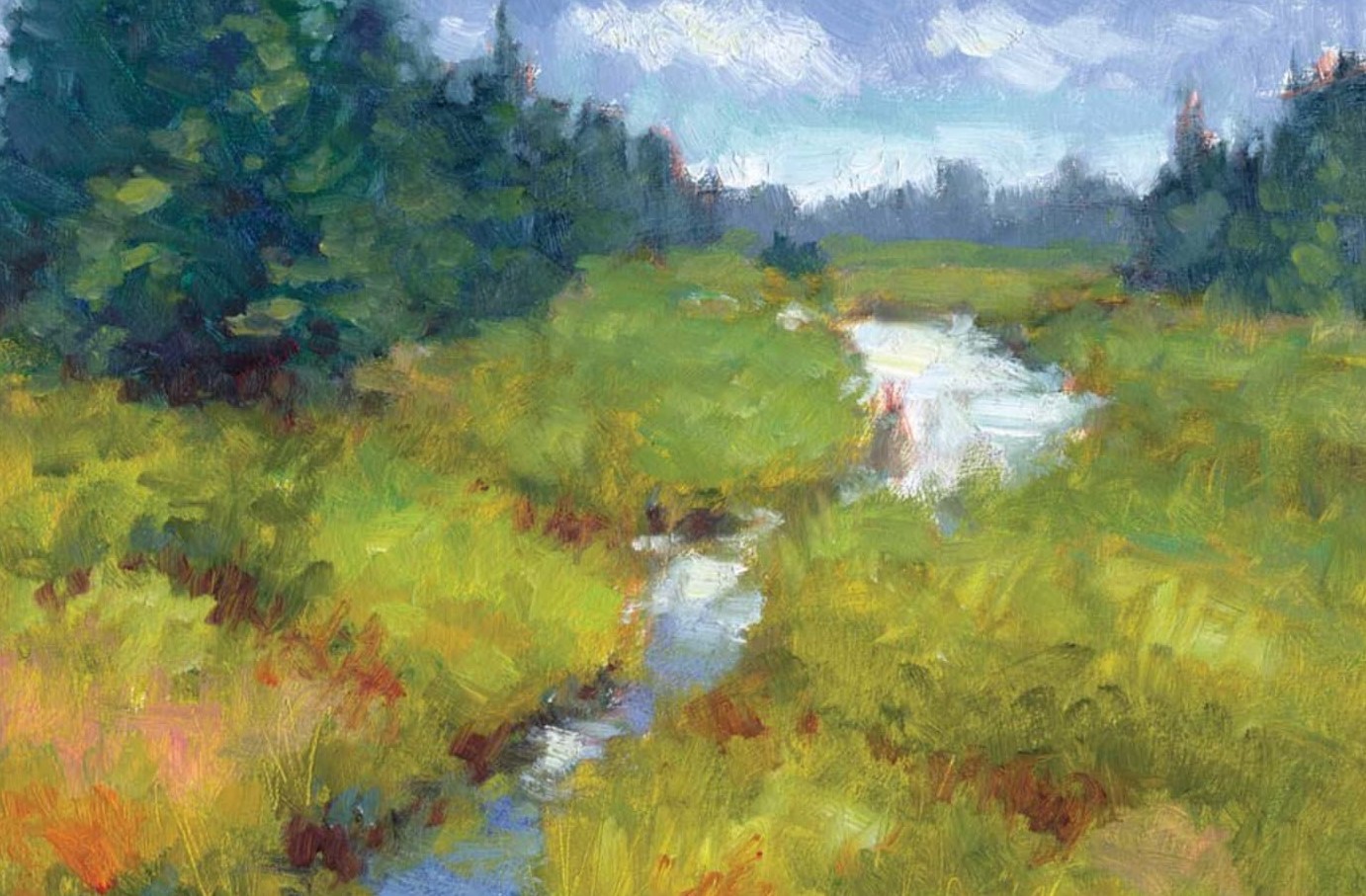

Landscaping Ideas
How To Make Grass Paint
Modified: March 20, 2024
Learn how to make grass paint for your landscaping ideas. Transform your lawn with this simple and effective DIY solution. Achieve a vibrant and lush green lawn.
(Many of the links in this article redirect to a specific reviewed product. Your purchase of these products through affiliate links helps to generate commission for Storables.com, at no extra cost. Learn more)
Introduction
Welcome to the world of grass paint, where the lush green of your lawn can be enhanced and revitalized with a simple yet effective solution. Whether you’re looking to cover up brown patches, add a pop of color to your landscaping, or simply change the hue of your grass, grass paint offers a convenient and cost-effective way to achieve your desired look. In this article, we’ll explore the process of creating your own grass paint, along with tips for application and maintenance, so you can transform your outdoor space with ease.
Grass paint has gained popularity for its ability to instantly revive the appearance of lawns, especially during dry spells or dormant seasons. It’s a versatile solution that allows homeowners, landscapers, and property managers to maintain vibrant green lawns regardless of weather conditions or water restrictions. By understanding the materials needed and the steps involved in making and applying grass paint, you’ll be equipped with the knowledge to elevate the aesthetics of your outdoor environment and enjoy a picture-perfect lawn throughout the year.
Whether you’re preparing for a special event, hosting outdoor gatherings, or simply seeking to enhance your property’s curb appeal, grass paint can be a game-changer. With a few simple ingredients and a bit of creativity, you can achieve stunning results that will leave your neighbors green with envy. So, let’s dive into the world of grass paint and discover how you can bring new life to your lawn with this innovative and transformative solution.
Key Takeaways:
- Transform your lawn with DIY grass paint using water-based dye, a spray applicator, and protective gear. Achieve vibrant, enduring green hues for a visually captivating landscape.
- Enhance your outdoor space with grass paint, covering brown patches and adding pops of color. Consider weather conditions and routine maintenance for long-lasting results.
Read more: How To Make Grass Color Paint
Materials Needed
Before delving into the process of making grass paint, it’s essential to gather the necessary materials to ensure a smooth and successful DIY experience. The following items are commonly used to create grass paint:
- Water-based marking dye or turf paint concentrate
- Water
- Measuring container or mixing vessel
- Stirring stick or mixing tool
- Spray applicator or paint sprayer
- Protective gear (gloves, goggles, mask)
- Optional: organic ingredients for natural colorants (e.g., liquid chlorophyll, natural food coloring)
Water-based marking dye or turf paint concentrate serves as the primary coloring agent for the grass paint. These products are specifically formulated to adhere to grass blades and withstand outdoor conditions, providing long-lasting color and coverage. When selecting a marking dye or turf paint concentrate, consider factors such as color intensity, coverage area, and compatibility with your lawn type.
The measuring container or mixing vessel is essential for accurately proportioning the paint mixture. Whether you’re following a specific recipe or customizing the color to your preference, having a reliable measuring tool will help you achieve consistent and desirable results.
A stirring stick or mixing tool is necessary for thoroughly blending the paint components and ensuring a uniform color throughout the mixture. Proper mixing is crucial for achieving an even application and preventing streaks or inconsistencies in the painted surface.
For applying the grass paint, a spray applicator or paint sprayer is recommended to achieve efficient and even coverage. These tools allow for precise control and can cover large areas quickly, making the painting process more manageable and less time-consuming.
Protective gear, including gloves, goggles, and a mask, is essential for personal safety when handling and applying the grass paint. It’s important to protect your skin, eyes, and respiratory system from potential exposure to the paint mixture, especially when working in outdoor environments with varying wind conditions.
For those interested in exploring natural alternatives, organic ingredients such as liquid chlorophyll or natural food coloring can be used to create custom colorants for the grass paint. These options provide environmentally friendly and non-toxic alternatives for achieving unique shades and hues.
By gathering these materials, you’ll be well-prepared to embark on the journey of creating your own grass paint and transforming your lawn into a vibrant and visually captivating landscape.
Steps to Make Grass Paint
Creating your own grass paint is a straightforward process that involves mixing the necessary ingredients to produce a vibrant and long-lasting color solution. Follow these simple steps to make grass paint:
- Prepare the Mixing Solution: Begin by filling a measuring container or mixing vessel with the required amount of water. The water serves as the base for the grass paint mixture and will determine the coverage area and dilution level of the paint concentrate.
- Add the Paint Concentrate: Depending on the manufacturer’s instructions or your desired color intensity, carefully pour the water-based marking dye or turf paint concentrate into the mixing solution. Use the recommended ratio of paint concentrate to water to achieve the desired hue and coverage for your lawn.
- Thoroughly Mix the Components: Use a stirring stick or mixing tool to blend the water and paint concentrate thoroughly. Ensure that the mixture is well-combined and free of any lumps or clumps, as uniform consistency is essential for achieving an even application of the grass paint.
- Optional: Incorporate Natural Colorants (If Desired): For those interested in experimenting with natural colorants, such as liquid chlorophyll or natural food coloring, this is the stage to introduce these organic ingredients into the paint mixture. Adjust the amount of natural colorants based on your preference for customizing the color of the grass paint.
- Transfer the Mixture to the Applicator: Once the grass paint mixture is thoroughly mixed and any optional colorants are incorporated, carefully transfer the paint solution into a spray applicator or paint sprayer. Ensure that the equipment is clean and in good working condition to facilitate smooth and consistent application.
- Test and Adjust the Application Settings: Before applying the grass paint to your lawn, conduct a test spray on a small, inconspicuous area to assess the color intensity and coverage. Adjust the application settings of the spray applicator or paint sprayer as needed to achieve the desired result, taking into account factors such as nozzle pressure and spray pattern.
- Apply the Grass Paint to the Lawn: With the application settings optimized, proceed to systematically spray the grass paint onto the lawn, ensuring even coverage and consistent color distribution. Maintain a steady and overlapping motion while applying the paint to achieve a uniform and professional finish across the entire lawn surface.
By following these steps, you can create your own grass paint and confidently apply it to your lawn, revitalizing the appearance of your outdoor space with a vibrant and enduring green hue. With careful preparation and attention to detail, you’ll be able to achieve professional-quality results that enhance the visual appeal of your landscape.
Mix equal parts of water and green food coloring in a spray bottle. Shake well and spray onto the grass for a temporary green color. Avoid using on dry or dormant grass.
Application of Grass Paint
Once you’ve prepared the grass paint mixture, the application process is a critical step in achieving an attractive and uniform coloration of your lawn. Proper application techniques and considerations can significantly impact the overall appearance and longevity of the painted grass. Here’s a guide to effectively applying grass paint to your lawn:
- Choose the Right Weather Conditions: Select a day with mild weather and minimal wind to ensure optimal conditions for applying grass paint. Avoid excessively hot or humid days, as these can affect the drying time and adherence of the paint to the grass blades.
- Prepare the Lawn: Before applying the grass paint, mow the lawn to a suitable height to facilitate even coverage and allow the paint to reach the grass blades effectively. Remove any debris, such as fallen leaves or twigs, from the lawn to create a clean and smooth surface for painting.
- Begin Application in a Systematic Pattern: Start applying the grass paint at one end of the lawn, working in a methodical and overlapping pattern to ensure consistent coverage. Maintain a steady pace and distance from the ground to achieve uniform coloration without creating puddles or over-saturating the grass.
- Adjust Application Technique for Sloped Areas: When painting sloped or uneven terrain, adapt your spraying technique to account for the angle and contour of the land. Utilize a sweeping motion and adjust the spray applicator’s angle to accommodate the natural slope of the lawn, ensuring that the paint reaches all areas effectively.
- Overcome Obstacles and Boundaries: Maneuver around obstacles such as trees, shrubs, or garden borders with precision, taking care to avoid overspray onto non-target surfaces. Use protective barriers or shields to shield adjacent areas from unintended paint application, maintaining a clean and professional finish.
- Allow Sufficient Drying Time: After completing the application of grass paint, allow ample time for the paint to dry thoroughly before resuming regular lawn activities. Avoid walking or mowing the painted lawn until the paint has fully set, as this can disrupt the coloration and result in uneven patches.
- Maintain the Painted Lawn: To prolong the vibrancy of the painted grass, implement regular lawn maintenance practices, such as watering, fertilizing, and periodic touch-ups as needed. Keep an eye on the color retention of the grass paint and address any areas that may require additional application or touch-up to maintain a consistent appearance.
By following these guidelines, you can effectively apply grass paint to your lawn, transforming its visual appeal and ensuring a vibrant and enduring green coloration. With careful attention to detail and a systematic approach, you’ll be able to achieve professional-quality results that enhance the overall aesthetics of your outdoor environment.
Tips and Considerations
When embarking on the journey of using grass paint to enhance the appearance of your lawn, it’s essential to keep several tips and considerations in mind to ensure a successful and satisfying outcome. Here are valuable insights and practical advice to guide you through the process:
- Choose High-Quality Grass Paint Products: Select reputable and high-quality grass paint products that are specifically formulated for outdoor use and designed to adhere to grass blades effectively. Quality products offer better color retention and durability, ensuring long-lasting results for your painted lawn.
- Follow Manufacturer’s Guidelines: Adhere to the manufacturer’s instructions and recommended mixing ratios when preparing the grass paint. Following the guidelines ensures the proper dilution and application of the paint concentrate, leading to optimal color intensity and coverage.
- Consider Environmental Factors: Take into account environmental conditions such as temperature, humidity, and wind speed when planning the application of grass paint. Choose a day with favorable weather conditions to facilitate efficient drying and adherence of the paint to the grass blades.
- Conduct a Test Patch: Before applying grass paint to the entire lawn, perform a small test patch in an inconspicuous area to assess the color accuracy and coverage. This allows you to make any necessary adjustments to the paint mixture or application technique before proceeding with the full application.
- Protect Non-Target Surfaces: Use protective barriers or shields to safeguard non-target surfaces, such as sidewalks, driveways, and garden features, from overspray during the application of grass paint. Preventing unintended paint application helps maintain a clean and professional finish throughout the painting process.
- Maintain Proper Equipment Functionality: Ensure that your spray applicator or paint sprayer is in good working condition and properly cleaned before use. Check for clogs, leaks, or irregular spray patterns, and make any necessary adjustments to the equipment to facilitate smooth and consistent paint application.
- Coordinate Touch-Up Applications: Monitor the color retention of the painted lawn over time and be prepared to perform touch-up applications as needed. Address areas that may experience fading or discoloration by applying additional grass paint to maintain a uniform and vibrant appearance across the entire lawn.
- Implement Routine Lawn Maintenance: Incorporate regular lawn care practices, including watering, mowing, and fertilizing, to support the longevity and vibrancy of the painted grass. Consistent maintenance helps preserve the coloration and overall health of the lawn, ensuring enduring visual appeal.
By incorporating these tips and considerations into your approach to using grass paint, you can navigate the process with confidence and achieve exceptional results that elevate the aesthetic appeal of your lawn. With careful planning, attention to detail, and proactive maintenance, you’ll enjoy a vibrant and visually striking landscape that enhances your outdoor living space.
Read more: How To Make Grass With Acrylic Paint
Conclusion
In conclusion, the art of creating and applying grass paint offers a transformative solution for revitalizing the appearance of your lawn and elevating the overall aesthetics of your outdoor environment. By following the steps to make grass paint and applying it with precision, you can achieve a vibrant and enduring green coloration that enhances the visual appeal of your landscape.
Grass paint serves as a versatile tool for homeowners, landscapers, and property managers, providing a cost-effective and convenient way to maintain lush green lawns, especially during dry spells or dormant seasons. With the right materials and a systematic approach, you can breathe new life into your lawn, covering brown patches, adding a pop of color, or simply changing the hue to suit your preferences.
By considering important factors such as weather conditions, proper equipment functionality, and routine maintenance, you can ensure the longevity and vibrancy of the painted grass, creating an enduring and captivating outdoor space. Whether you’re preparing for special events, hosting gatherings, or simply seeking to enhance your property’s curb appeal, grass paint offers a practical and visually impactful solution.
As you embark on your grass painting journey, remember to prioritize the selection of high-quality products, follow manufacturer’s guidelines, and implement thoughtful planning to achieve professional-quality results. By incorporating these tips and considerations, you can navigate the process with confidence and enjoy a vibrant and visually striking landscape that enhances your outdoor living space.
So, unleash your creativity, embrace the simplicity of making grass paint, and witness the remarkable transformation of your lawn into a lush and captivating canvas. With the power of grass paint at your fingertips, you can redefine the beauty of your outdoor space and enjoy a vibrant, green oasis throughout the year.
Frequently Asked Questions about How To Make Grass Paint
Was this page helpful?
At Storables.com, we guarantee accurate and reliable information. Our content, validated by Expert Board Contributors, is crafted following stringent Editorial Policies. We're committed to providing you with well-researched, expert-backed insights for all your informational needs.
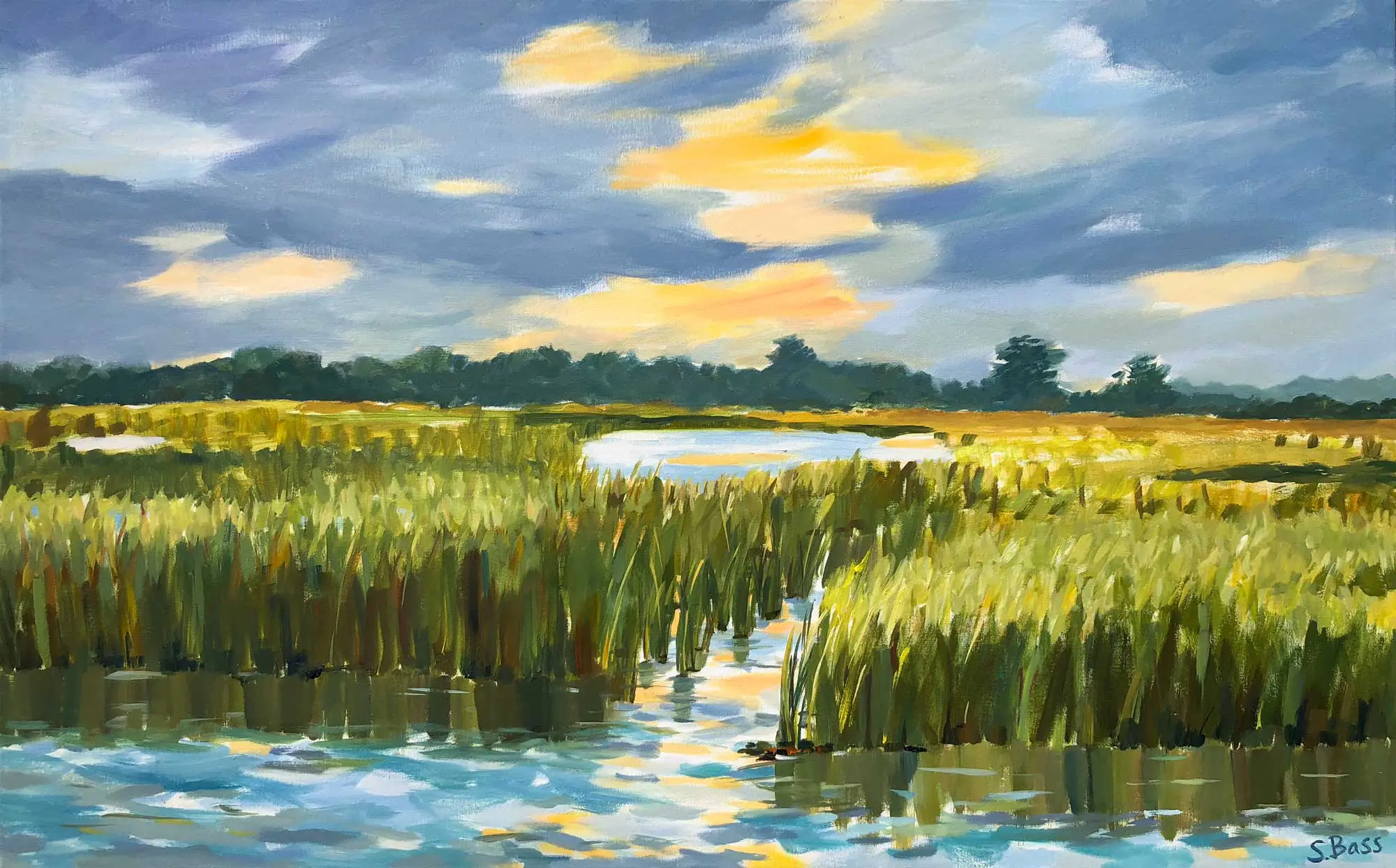
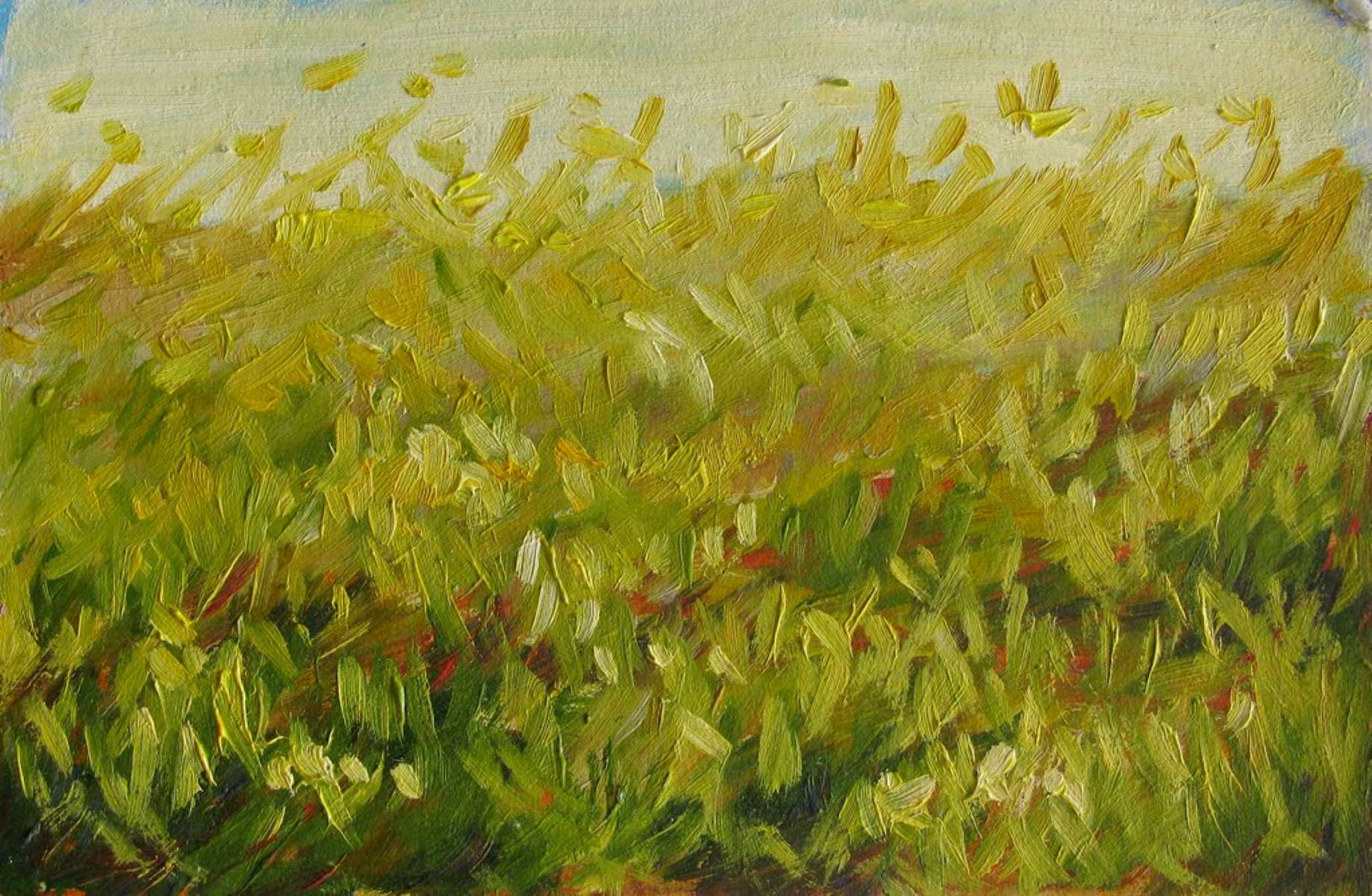
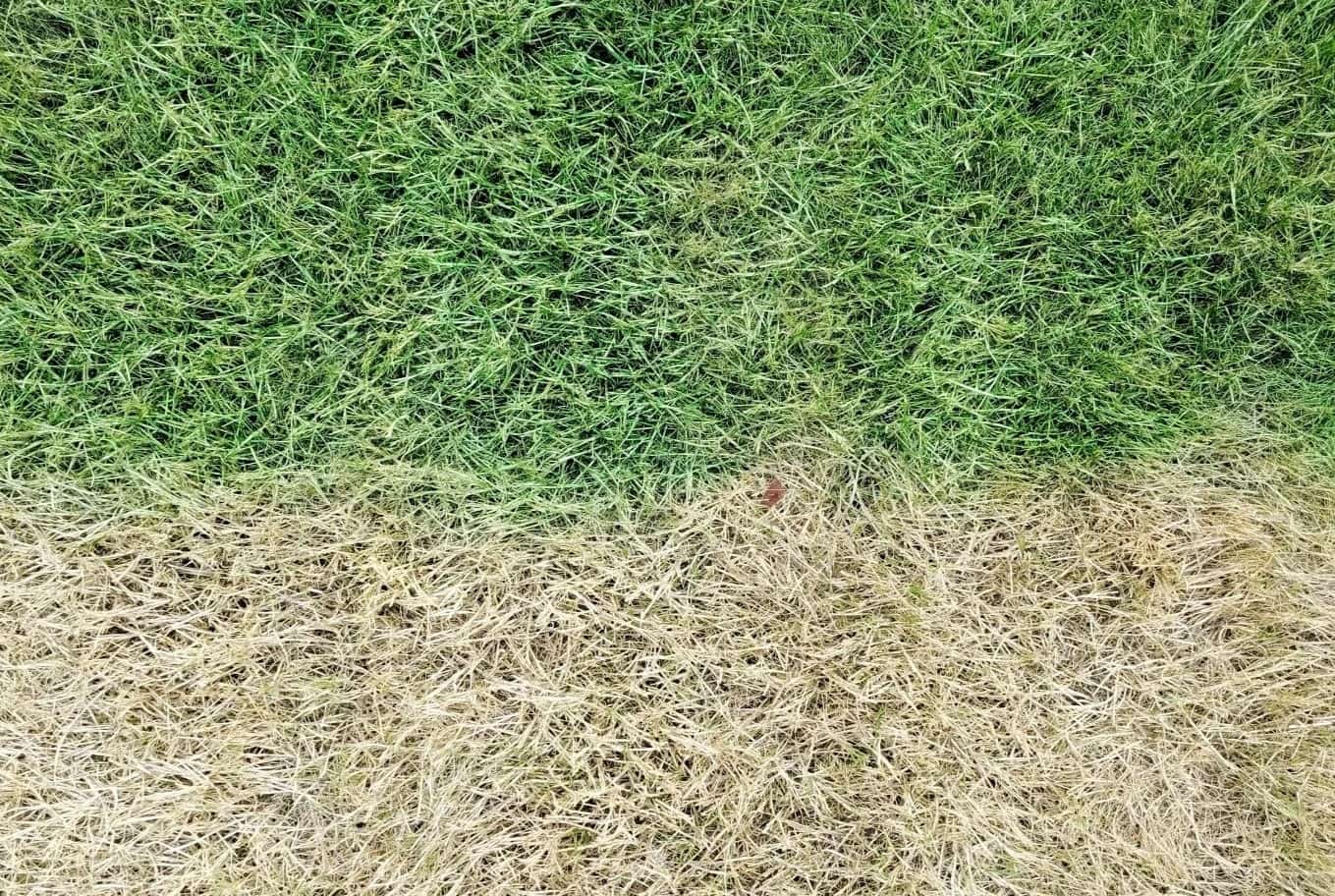
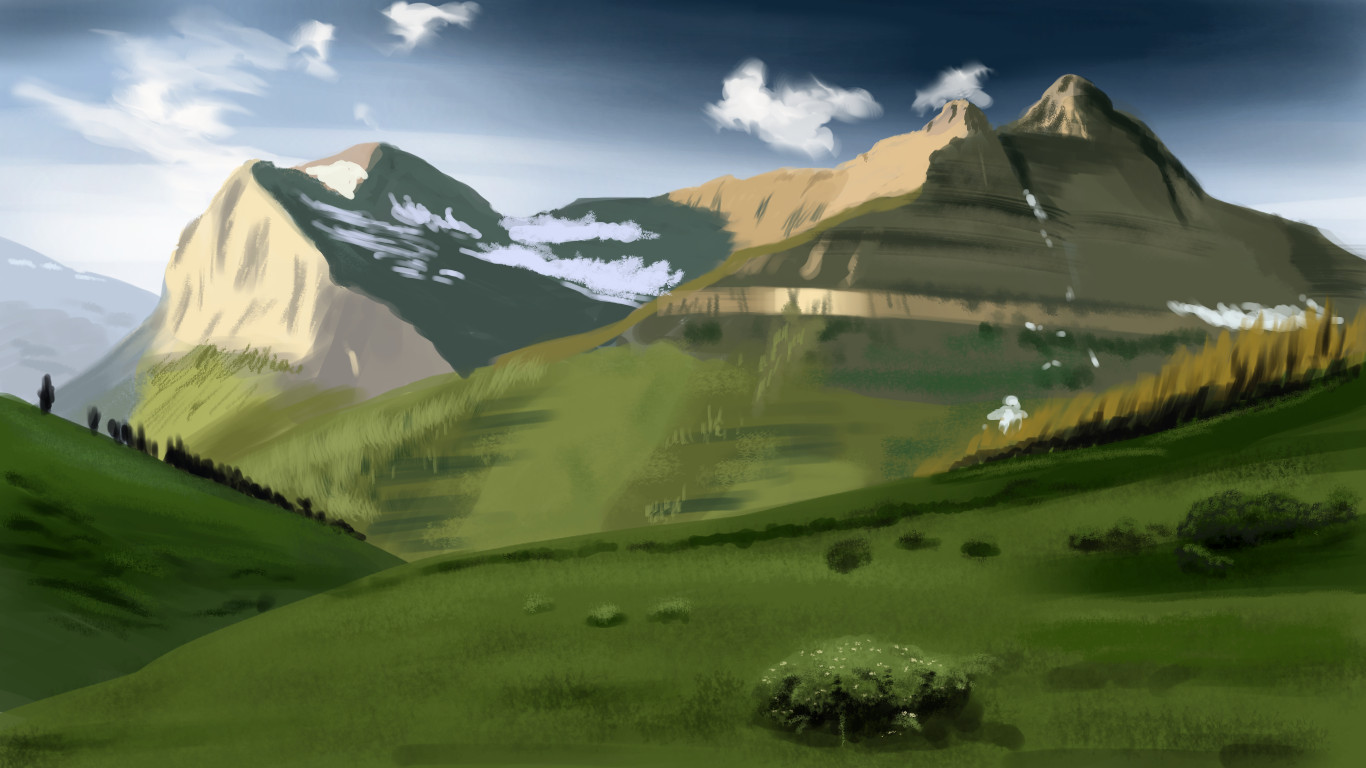
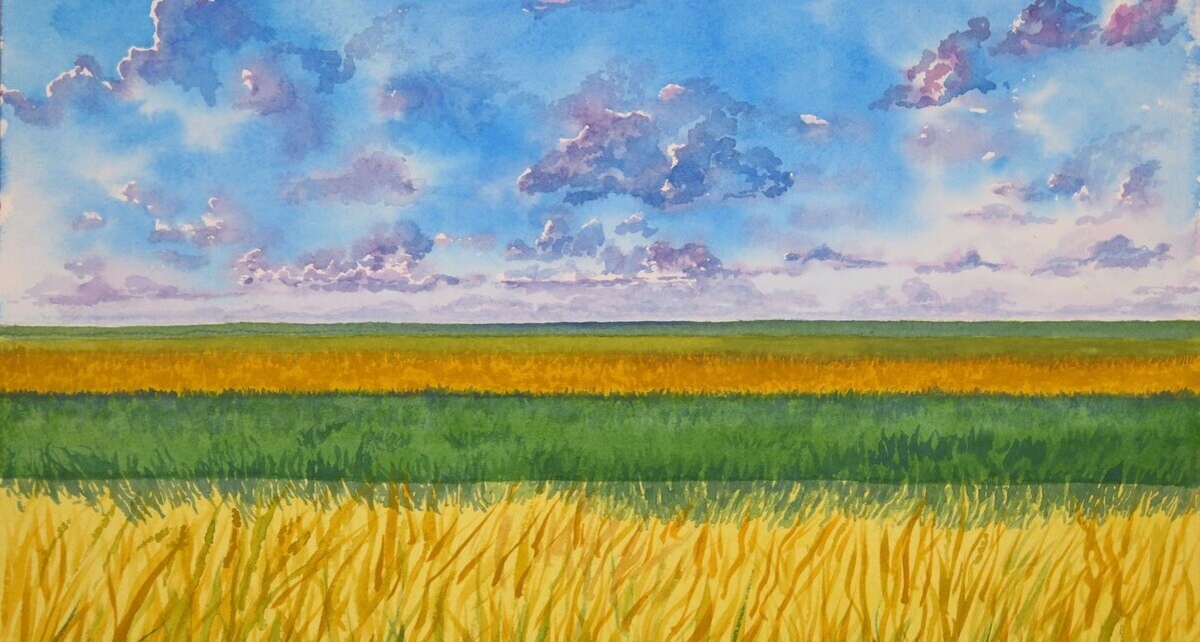
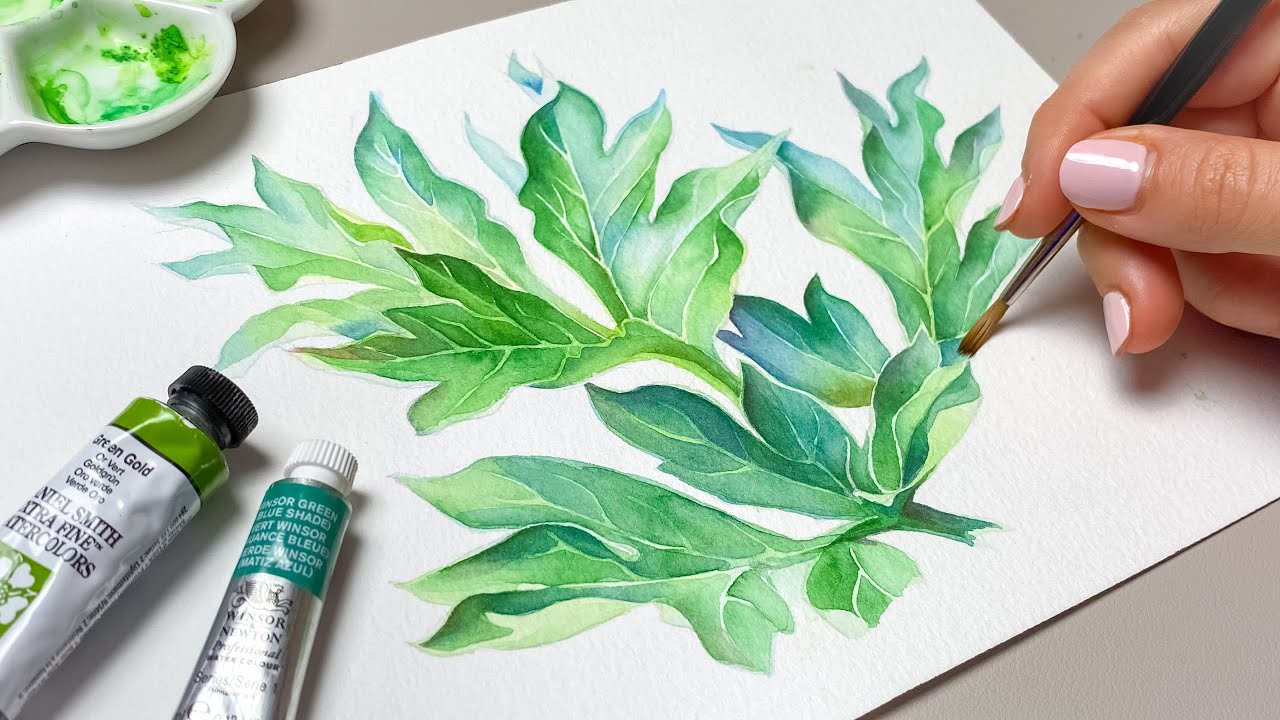
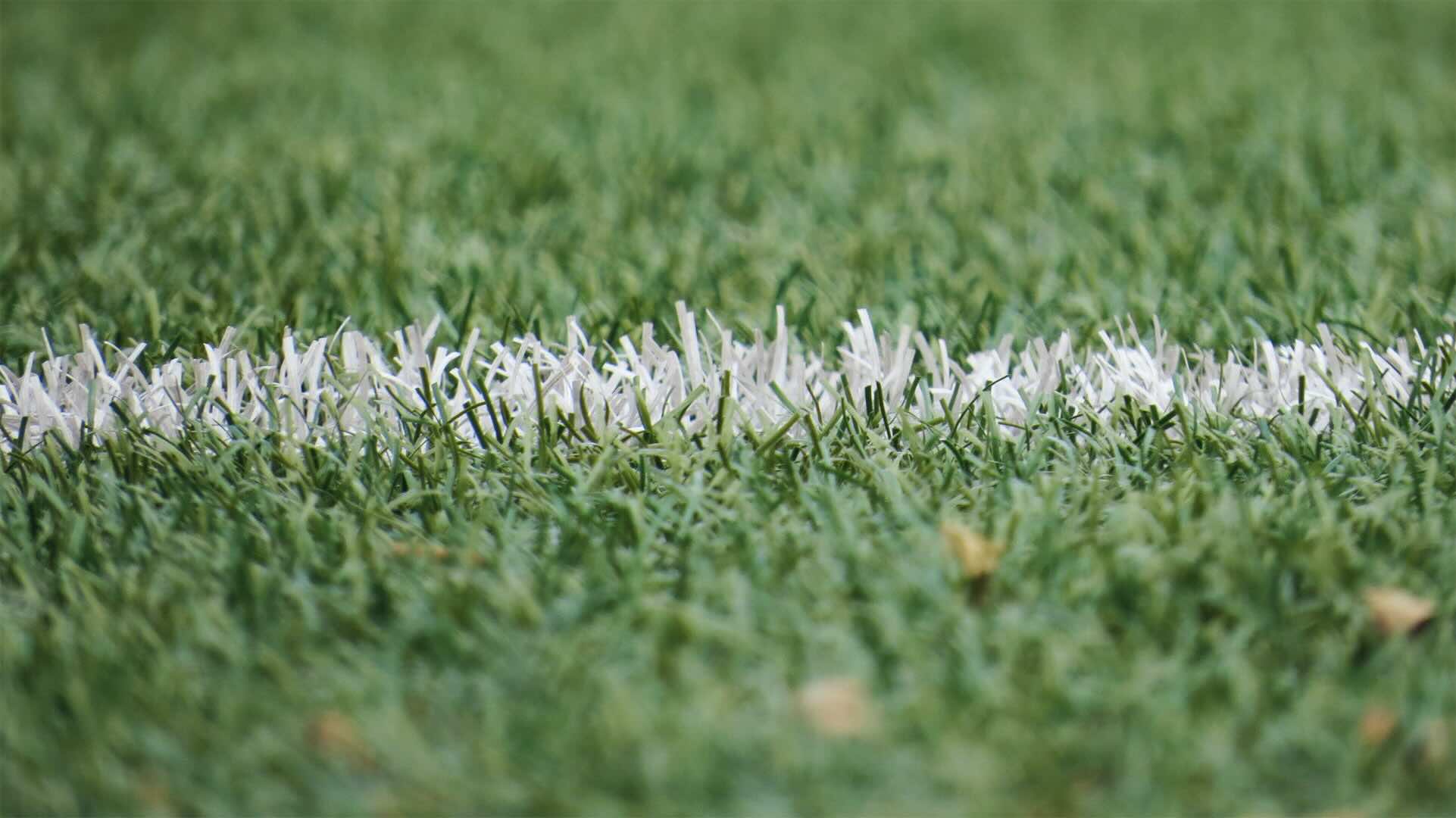
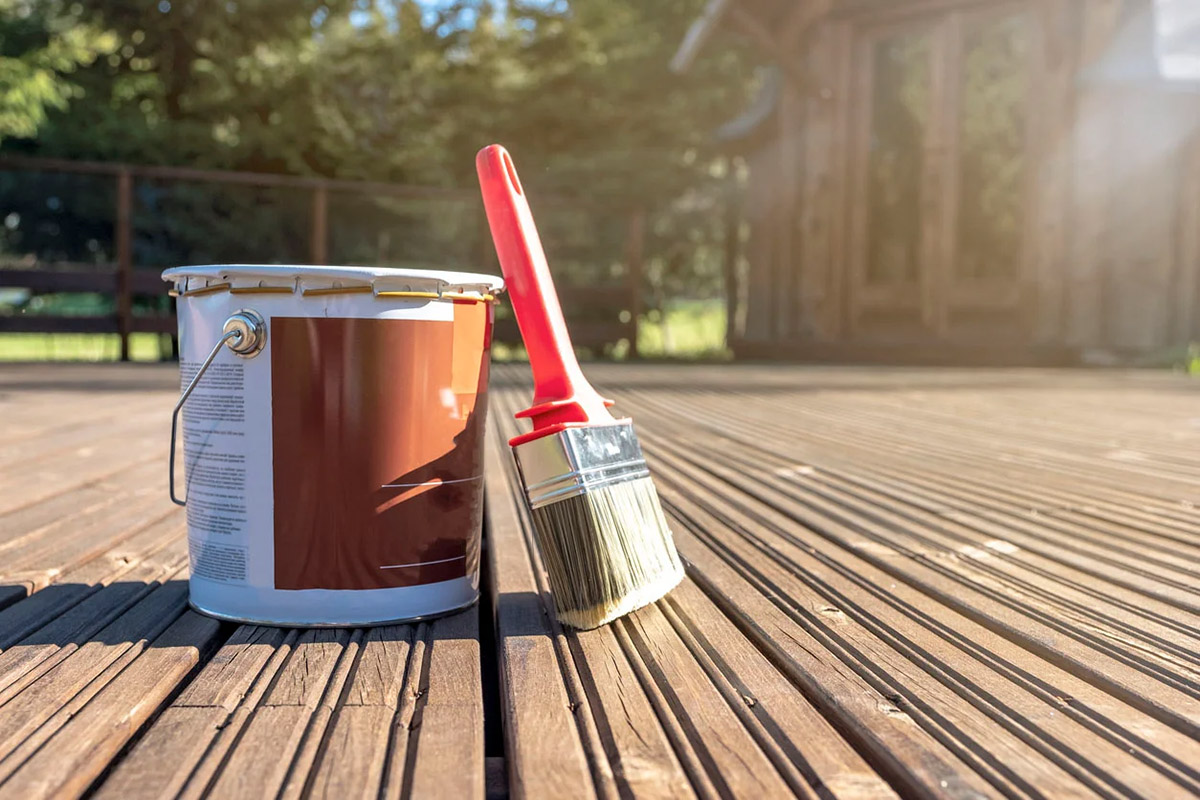
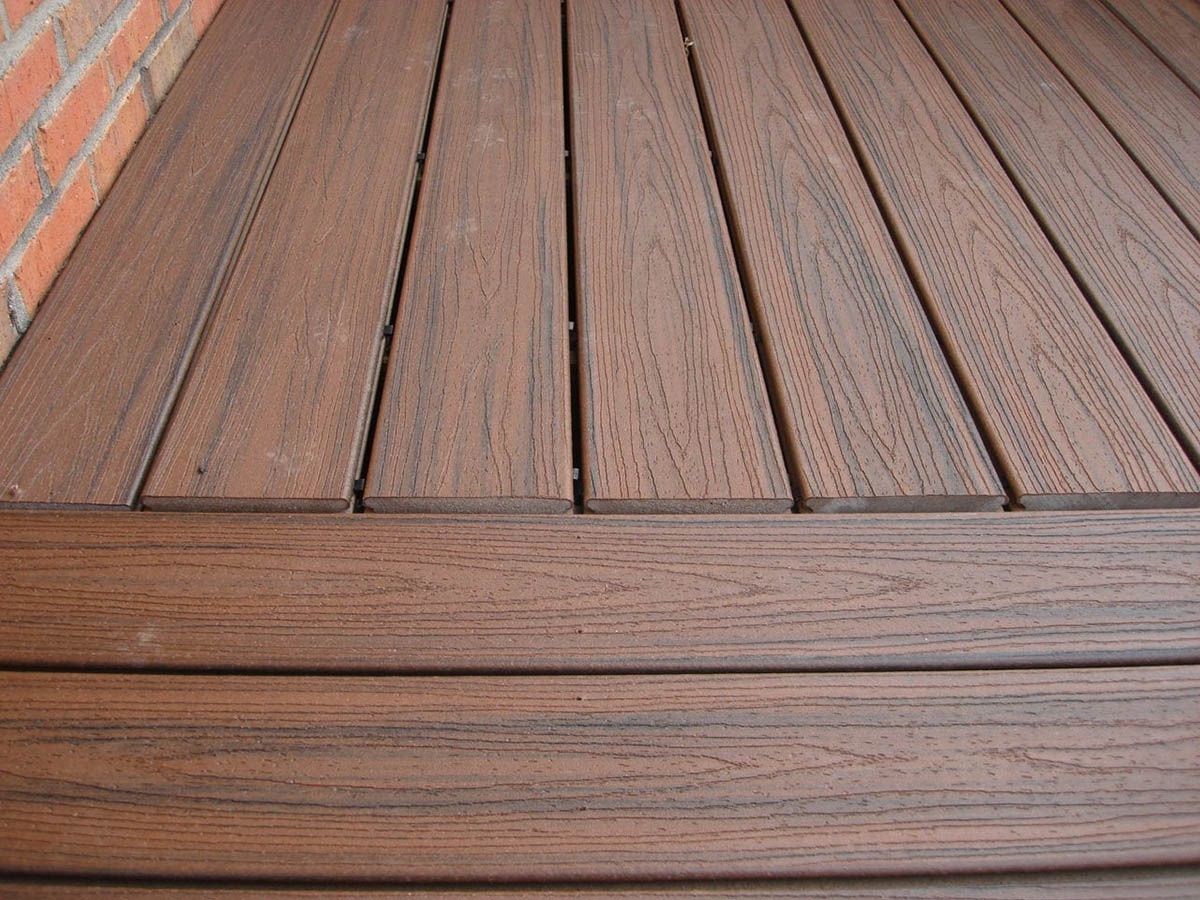
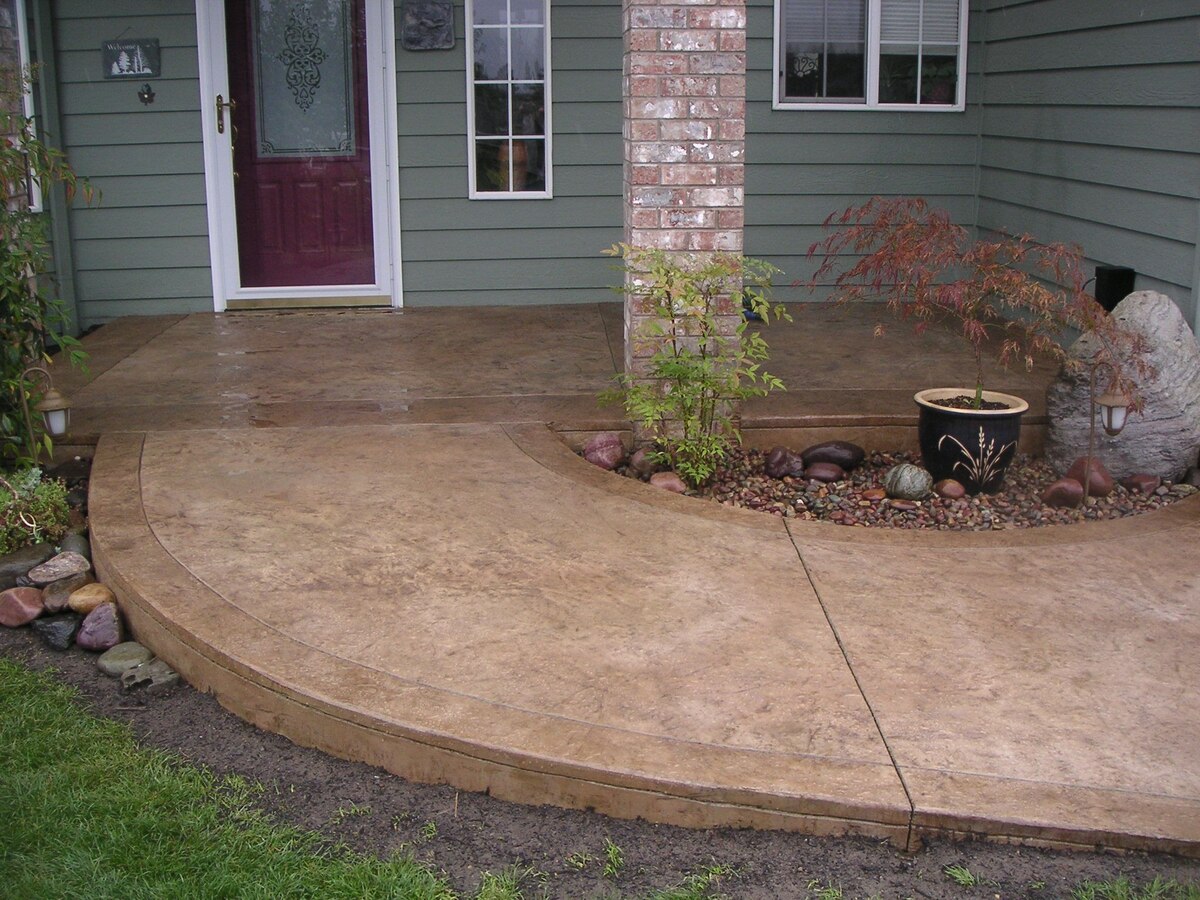
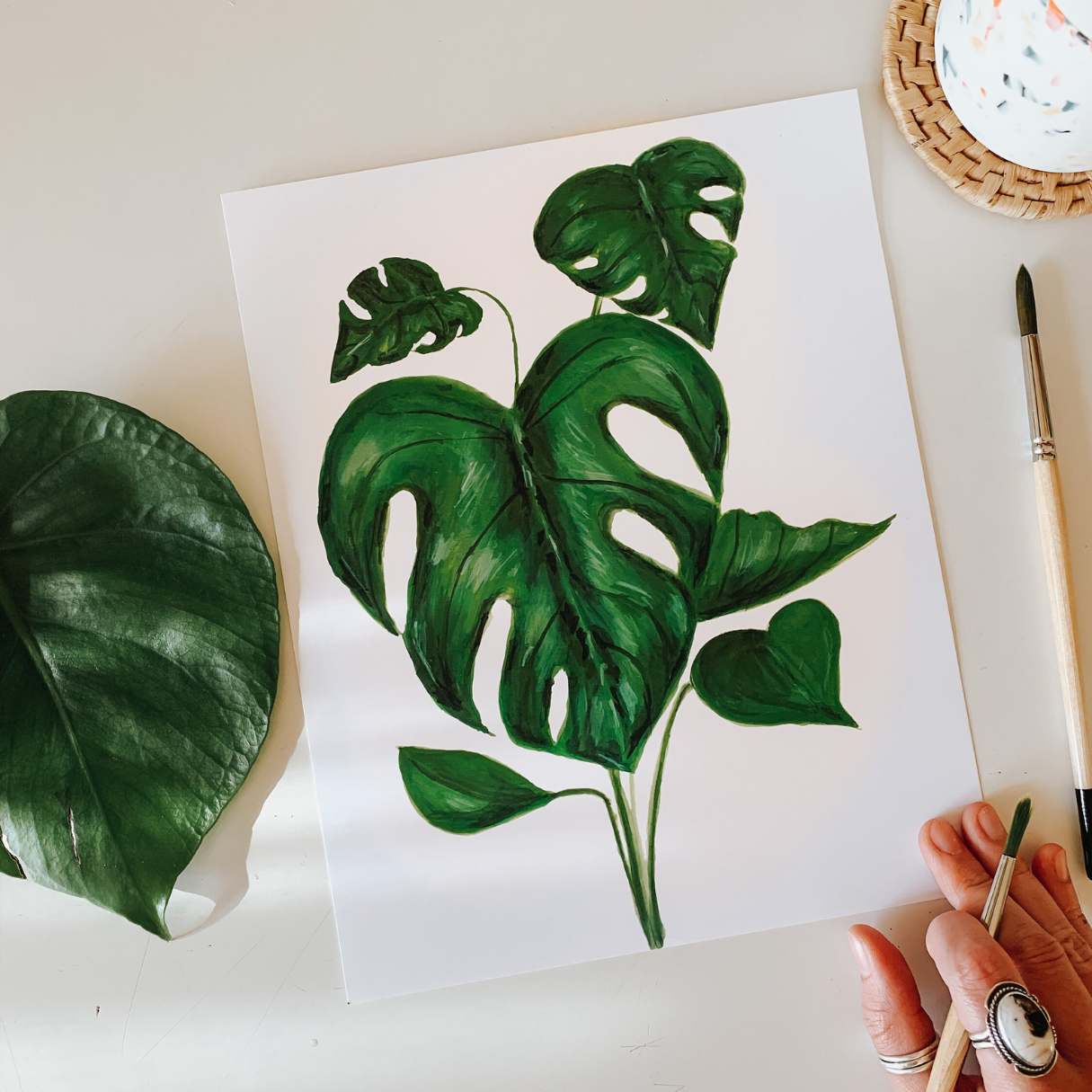
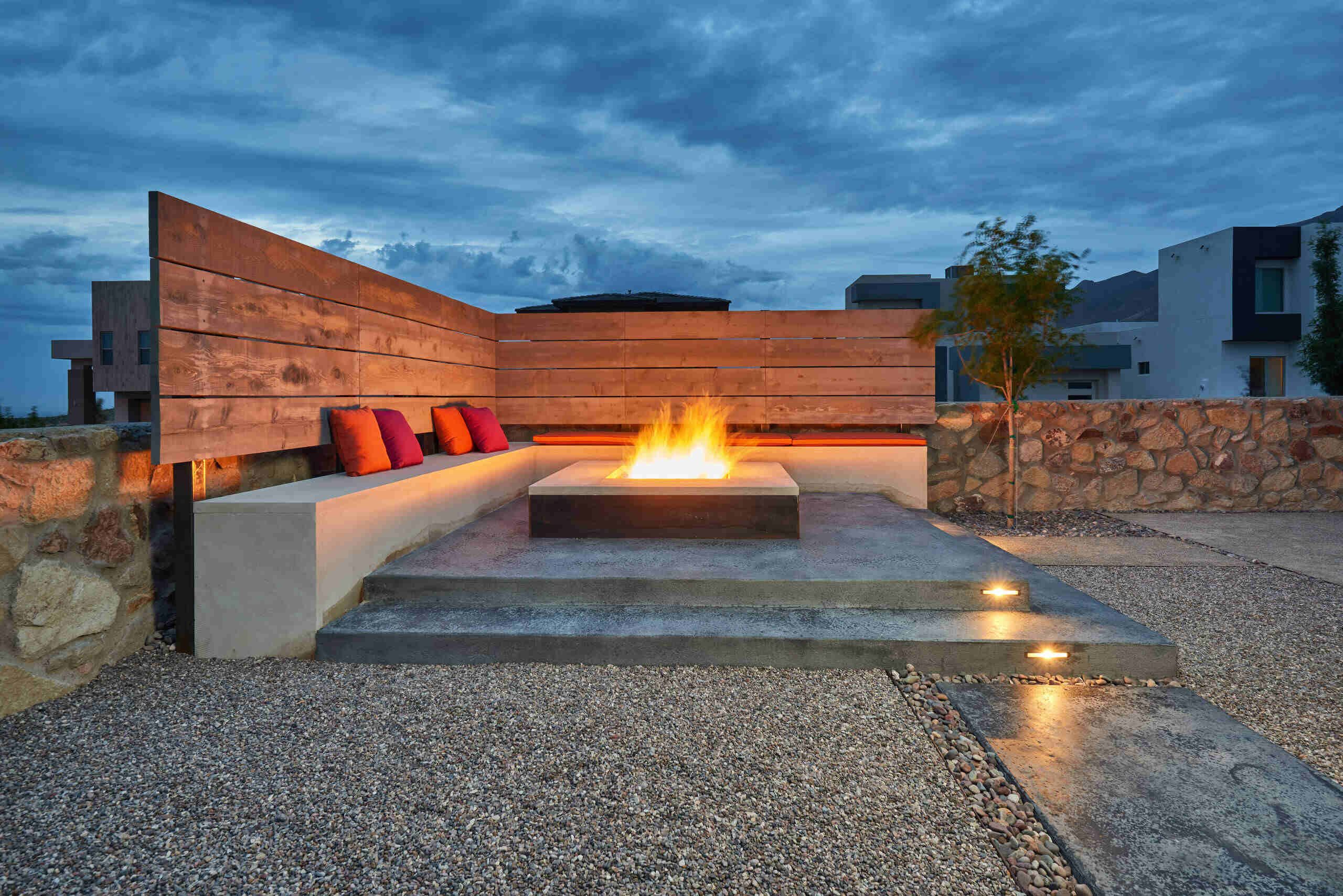
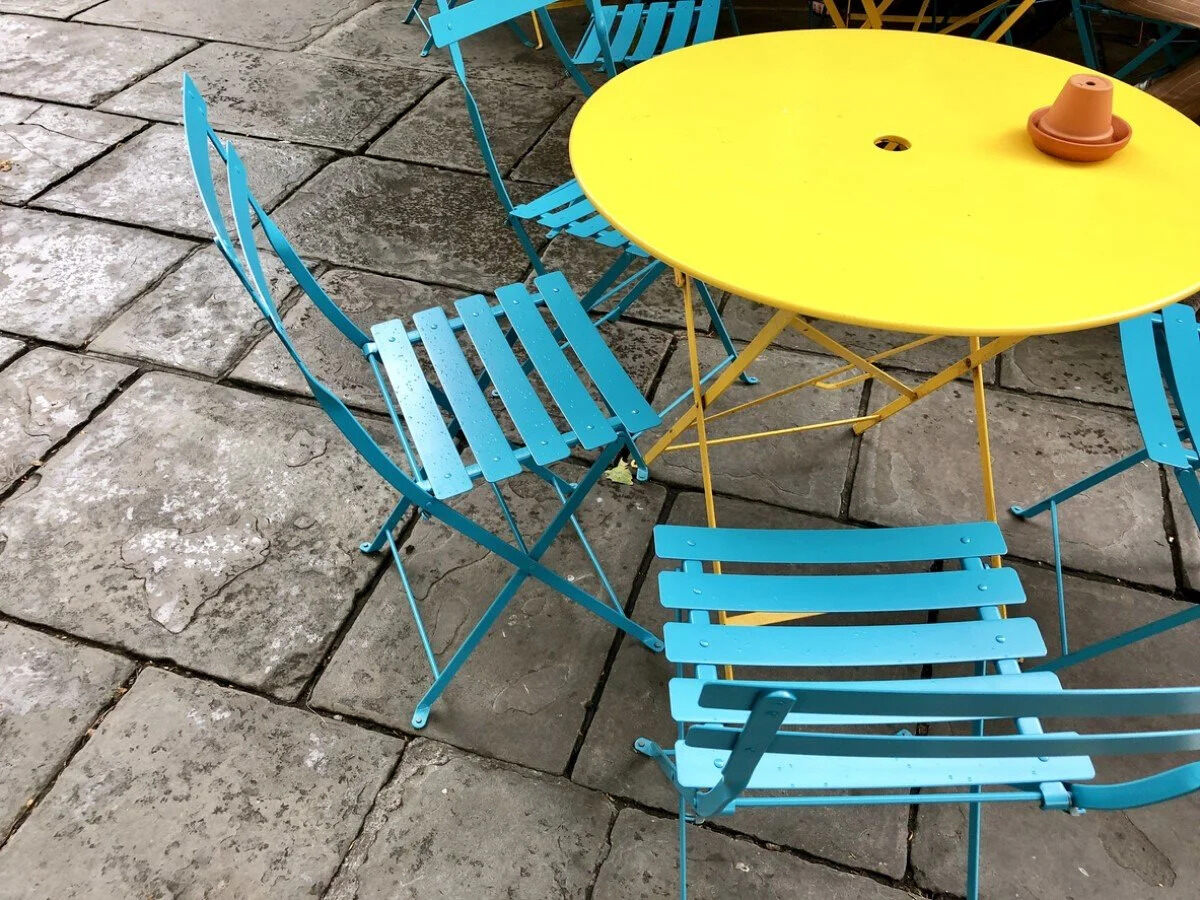
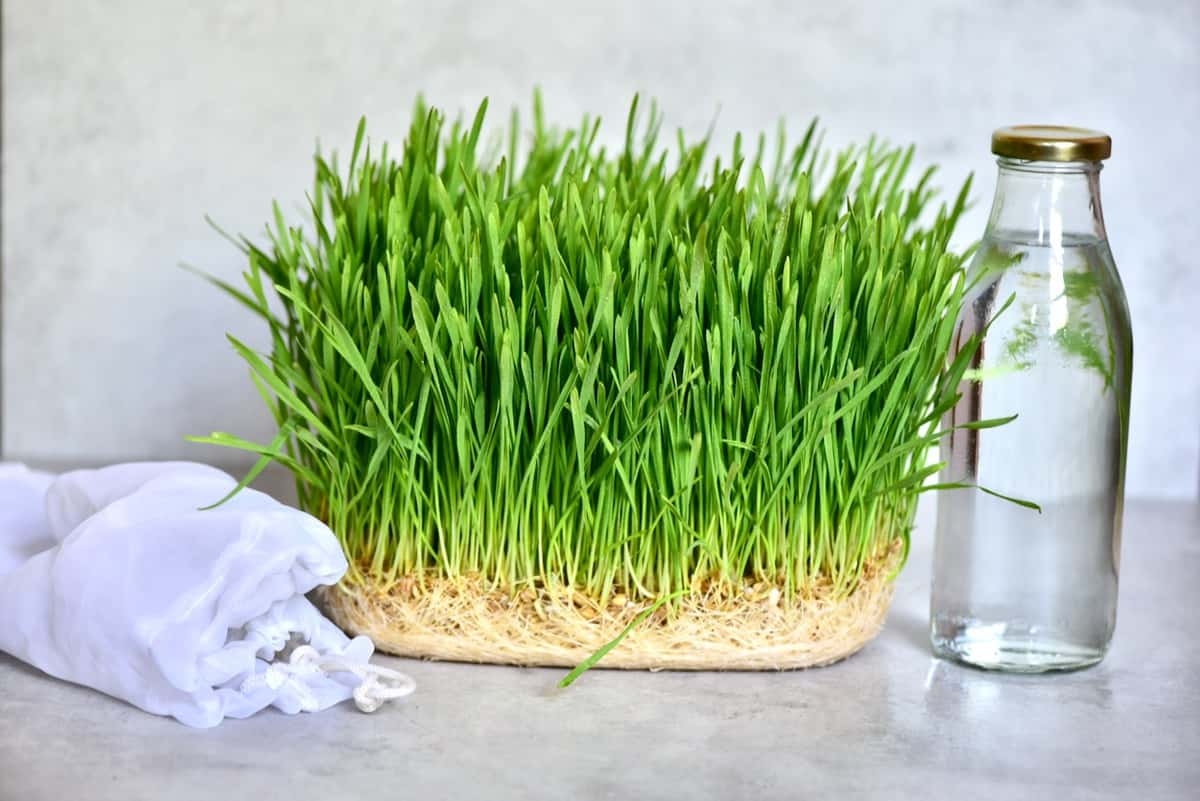

0 thoughts on “How To Make Grass Paint”